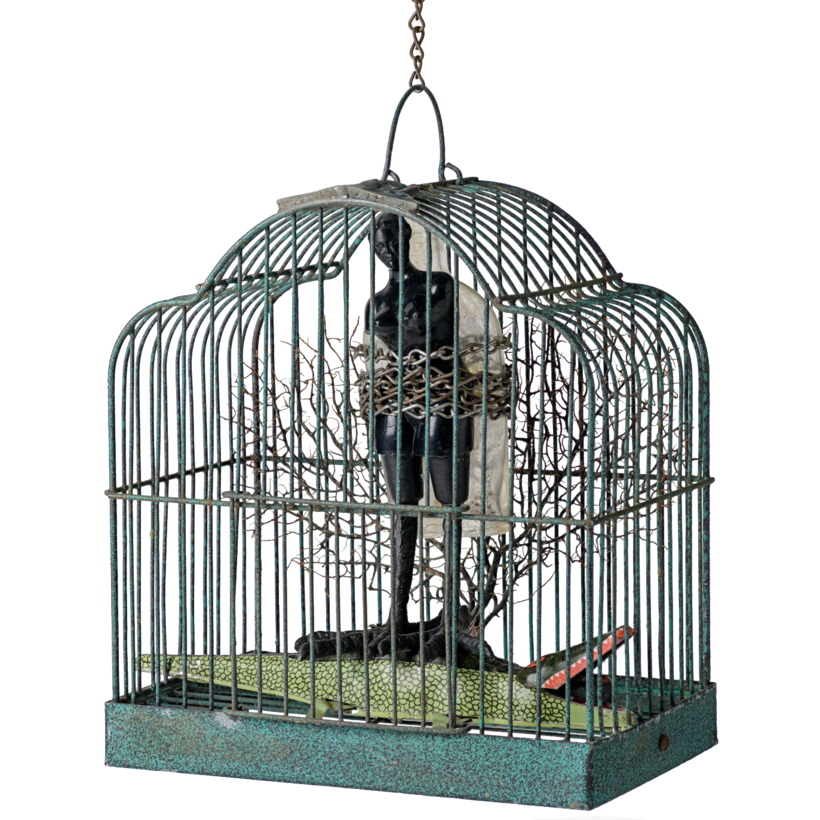Betye Saar, the ever photogenic high priestess of politically potent assemblage sculpture, is still at work in her Hollywood Hills studio. At 93, after almost 50 years of exhibiting her art, Saar is finally ready to reveal the scaffolding that underlies her creative process—her sketchbooks. These small spiral-bound records of her trips and inspirations also chronicle the multi-year evolution of her ideas for particular pieces. These will be displayed alongside her sculptures in an exhibition opening this weekend at LACMA. Sketchbooks from Saar’s travels—filled with richly toned gouaches, watercolors, marker drawings, and pen-and-ink sketches—will also be on view. “They are beautiful,” says LACMA’s senior curator of modern art, Carol S. Eliel, who organized the show. “They are truly altar pieces of aesthetic pleasure.”

Saar is always on the hunt for new source material. “As a shaman gleans the environment for special ingredients and objects to fabricate the mojo,” she explained earlier in her career, “I glean flea markets, estate sales and thrift shops.” The spiral sketchbooks are the place where Saar works out how washboards, mass-produced Aunt Jemima figurines, birdcages, and clocks will be built into her signature assemblages, many of which explore the history of white attitudes toward people of color, particularly women of color. The day that she and Eliel began planning the LACMA exhibition, Saar just happened to have some sketchbooks with her. In her typically matter-of-fact manner, she suggested that Eliel might want to take a look.
Detailed notations of provenance appear frequently. On a page dated “1-14-2010,” Saar writes that the green birdcage she intends to use in the assemblage The Edge of Ethics was acquired in 2009 at the Long Beach Swap Meet. A wooden ironing board, purchased from a man named Cedric at the Pasadena Community College flea market, became a key element in one of Saar’s most famous creations. Her sketch of “1-29-98” envisions the ironing board as a slave ship, and shows the “Rusted Flat Iron” shackled to one of its legs. Titled I’ll Bend but I Will Not Break, the work is in LACMA’s permanent collection and on view in this show.
Saar has described her concern over “the struggle of memory against the attraction of forgetting.” Her sketchbooks provide solid evidence that her will to remember has indeed triumphed—their record of dates, ideas, materials, and intentions would make her the darling of any biographer. The first acquisition made by the Getty Research Institute’s African American Art History Initiative, not surprisingly, was the archive of Betye Saar. —Vivian Ducat

